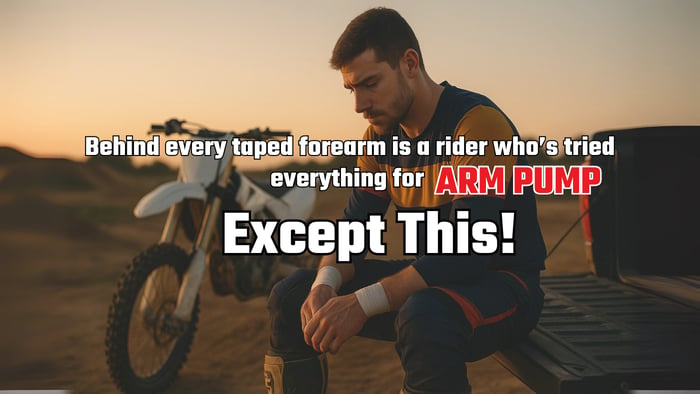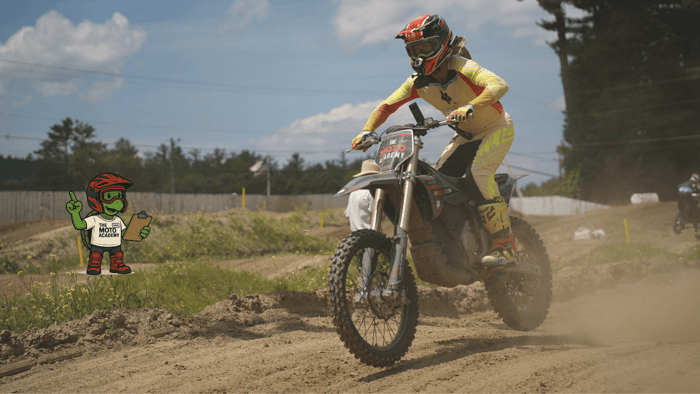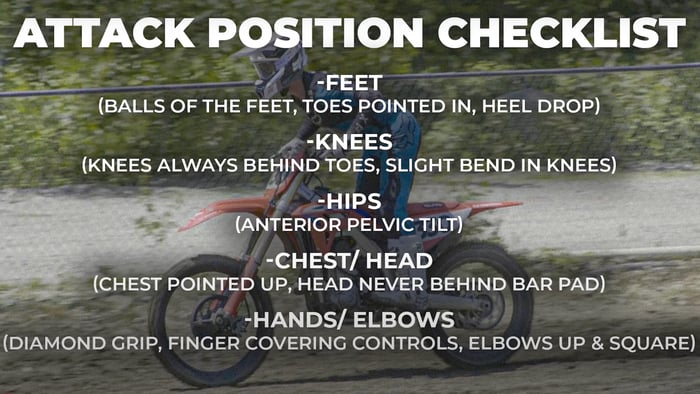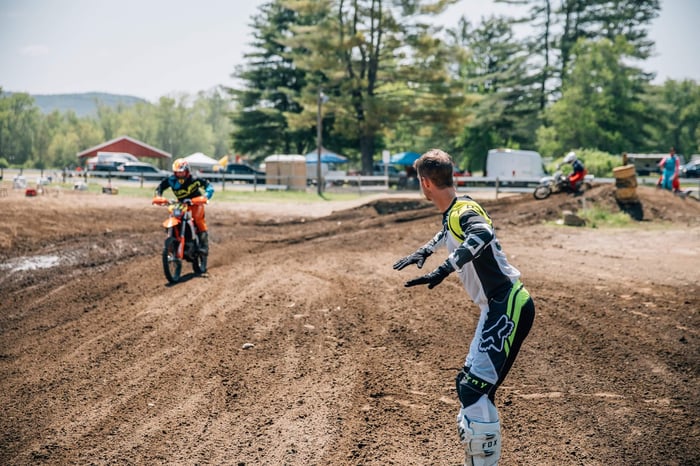Table of Contents
- A Surgery That Didn’t Solve the Whole Story
- What It Felt Like Then
- A Glimpse of the Future: Modern Riders & Fluid Form
- Why Technique Beats Force
- What the Science Actually Shows
- The Core Advantage: #TMAPosition (attack)
- Your Roadmap Before You Even Think Surgery
- Unanswered Rider Questions—Answered
- A New Option Worth Trying
- FAQs
A Surgery That Didn’t Solve the Whole Story
“In 2017, I had arm‑pump surgery. It felt miraculous for a few months. Then—just as quickly—it was back.” AJ Catanzaro’s confession doesn’t come with regret—it comes with clarity. Because today, riders have better options: techniques and habits he never had access to. In 2025, surgery is a tool—not the only tool—and with the right form, mindset, and support, most riders can avoid it altogether.
What It Felt Like Then
Racing with arm pump isn’t small talk—it’s screaming pain and numbing palms. Not to feel your hands, or fingers on the levers in Supercross is a big deal. The adrenaline fades, but the pain sticks. For AJ, surgery was the answer at the time—a literal release of the pressure. It gave a few months of freedom, but didn’t fix the underlying strain. Years later, he looks back and sees a different path—one that brings the most sustainable relief.
A Glimpse of the Future: Modern Riders & Fluid Form
Long before riders like Jett and Hunter Lawrence or Chase Sexton became known for their ultra-efficient, almost robotic riding styles, AJ Catanzaro was already pioneering a new way of moving on the bike. He developed what’s now called the TMAPosition—a system built on biomechanical balance, neutral posture, and relaxed control—and has spent years teaching it to riders of all levels.
If you want to see what that looks like in action today, just watch how Jett flows through corners or how Sexton floats effortlessly across whoops. AJ didn’t train them—but the form he’s been teaching for nearly a decade mirrors what’s now becoming the gold standard at the highest level of the sport. That’s not a coincidence. Riders are starting to realize what AJ learned the hard way: force doesn’t win races—flow does.
AJ now sees what he didn’t have in his racing days: a language of movement that could have prevented his own arm pump surgery—and offered a sustainable fix. The good news? He’s been teaching that language for years, and you can learn it too.
Why Technique Beats Force
- CECS (Chronic Exertional Compartment Syndrome): muscles swell during riding, squeezed by unforgiving fascia—cutting blood flow and causing pain.
- Muscle fatigue from form breakdown: poor alignment, locked joints, and death grip drive effort and tightness.
Riders feel this—not the science behind it. What it means on the bike: when you’re muscling it, your forearms bear the load, your holding your breath. When you're using #TMAPosition, your legs and core share the load, your grip loosens, and the bike moves with you instead of against you.
What the Science Actually Shows
Yes—surgery can work for true CECS. But it's costly, invasive, and comes without a guarantee. In contrast, modern technique, breathing, and training offer a sustainable path with performance gains baked in.
The real advantage? With tools like #TMAPosition, many riders can resolve—or outright avoid—the need for surgery.
Consider what the evidence shows:
- A 2024 systematic review found that fasciotomy led to a 94% rate of return to sport in about 5 weeks, with 85% rider satisfaction and just 2.4% recurrence.
- An early endoscopic decompression study in motocross racers showed pain dropped from 7.4 to 1.7 on the VAS, and racers were back riding in 6 weeks .
- Forearm CECS remains rare in general—but highly concentrated in motocross, making technique interventions especially impactful.
Translation for riders: surgery can work, but it’s a last resort—that doesn’t teach your body to ride smarter. Technique, if addressed first, can often eliminate arm pump while making you faster, more resilient, and less surgical-dependent.
The Core Advantage: #TMAPosition (attack)
#TMAPosition is rooted in one fundamental idea: let the bike work underneath you, instead of fighting it with tension and stiffness. It’s not about being aggressive—it’s about being ready, balanced, and relaxed in the right places.
When you’re in #TMAPosition, your wrists are neutral, your elbows are soft, and your head is up. Your lower body is engaged and stable—anchoring your control—while your upper body stays fluid and responsive. This creates a chain of control that doesn’t overload your forearms.
You're not muscling the bike. You're allowing it to move beneath you—while maintaining command through posture, not pressure.
As AJ says: “You’re not getting arm pump because you’re not fit—you’re getting it because you’re riding too stiff.”
When you ride loose and balanced—not tight and reactive—your body starts to work with the bike. That’s when arm pump starts to disappear.
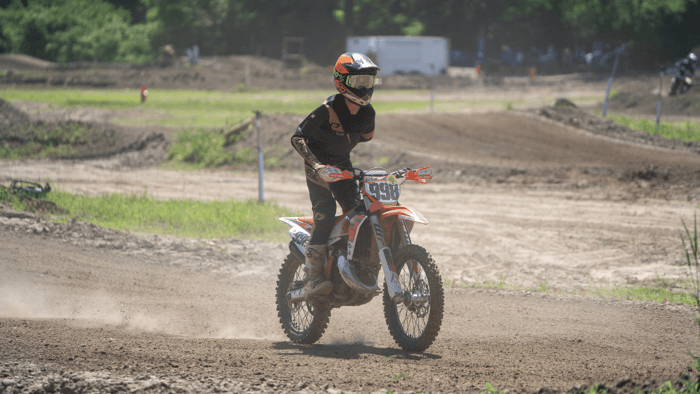 Your Roadmap Before You Even Think Surgery
Your Roadmap Before You Even Think Surgery
If your forearms are locking up during motos, the answer isn’t always in the gym—or the operating room. Most riders haven’t exhausted their most powerful tool yet: their riding technique.
Here’s what AJ recommends before you even think about surgery:
1. Start with awareness. Have someone film a lap. Watch your elbows—are they locked or soft? Are your wrists in line with your forearms, or curled in a death grip? This step alone reveals more than any arm workout ever will.
2. Run the one-hand drill. Pick a smooth section of track. Ride it with just one hand on the bar, (throttle hand stays on the bars). Notice what happens to your balance, your posture, your breathing. Most riders feel their bad habits instantly. It’s your body’s way of telling you, “Here’s where we’re wasting energy.” You are not able to ride like this if your body position is off. For instance head going forward leading the bike before acceleration. Butt coming back before the breaking force is felt. It teaches you how to be ahead of your bike.
3. Regulate your breath before the gate drops. AJ teaches a 5-breath reset: deep, controlled inhales through the nose; slow, grounding exhales through the mouth. It brings your nervous system into a state of readiness—not panic. Arm pump often starts before the bike even moves.
4. Build the kind of strength that matters. Grip strength alone won’t save you—but grip endurance, paired with a strong posterior chain and stable shoulders, will. Think farmer’s carries, rows, deadlifts, and banded mobility—not just wrist curls.
5. Set your bike up to work with you, not against you. The wrong lever angle, stiff throttle, or harsh suspension multiplies fatigue. Make small changes: lower your brake lever a touch, check clutch friction, soften rear rebound. These details change how your body handles the bike minute by minute.
6. Don’t rush the rebuild. Riders want results overnight. But AJ reminds us: fluidity builds over time. Don’t jump straight into 30-minute motos. Start with short, relaxed laps where the focus is feel—not speed. Let your nervous system rewire as your confidence grows.
If your technique is efficient, your forearms stay calm. If it’s not—you’ll grip, stiffen, and suffer.
This roadmap isn’t complicated—but it’s the path few riders truly follow. If you stick with it, you’ll not only reduce arm pump—you’ll become a better, safer, smoother rider in the process.
Unanswered Rider Questions—Answered
- Isn’t this just fitness? No—it’s biomechanics, alignment, breathing, and mindset working together.
- Would a stronger grip help? It might actually make things worse—overgripping breeds tension.
- Is arm pump always surgery? No—if it fades quickly after riding, it likely doesn’t require surgical intervention.
- When will I see change? Breathing and alignment can ease symptoms in days; deeper training takes weeks.
A New Option Worth Trying
AJ’s surgery worked—briefly. But the pain came back, and the truth revealed itself over time: there was no quick fix. What he didn’t have back then was a system—a way to ride with the bike instead of fighting against it. Today, that system exists. It’s called #TMAPosition, and it’s transforming how riders approach technique, performance, and longevity.
Sometimes, surgery might still be the right decision. But now, riders have something AJ didn’t—a sustainable solution that not only prevents arm pump in many cases, but also makes you faster, safer, and more efficient every time you get on the bike.
It’s not about pushing through pain—it’s about unlocking control. Breathing instead of bracing. Floating instead of forcing. A modern riding style that gives your body space to perform, and your mind room to grow.
So ask yourself: if there’s a way to eliminate arm pump and ride better in the process... is it worth a try?
Your next step is simple: come train with us. Join a 1-day class. Experience a 5-Day Camp. Or explore The Moto Academy App (with a free 30-day trial—use code TMAFAM).
You don’t have to suffer. You just need a roadmap.
